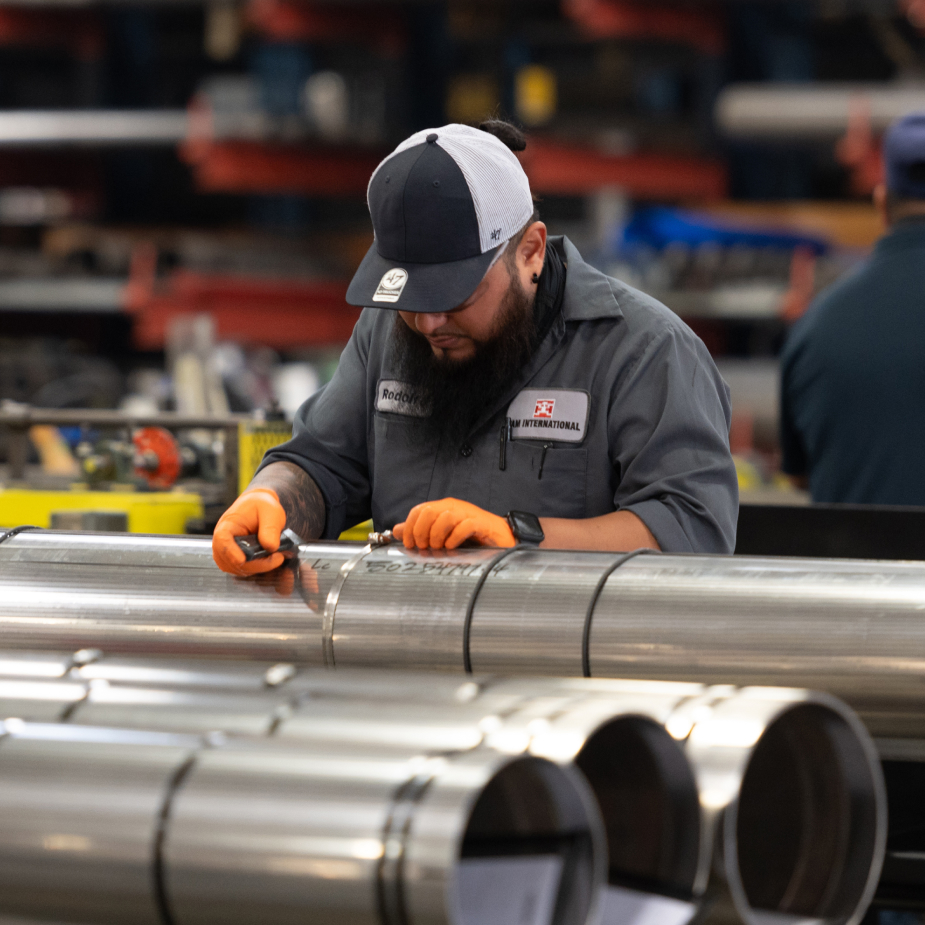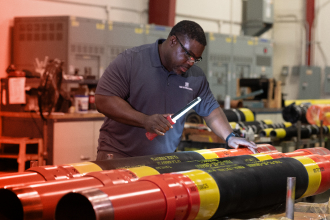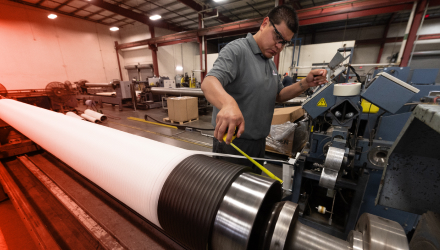
Unconventional Resources
Innovative Solutions for Unconventional Resource Development
For over a quarter of a century, TAM has been a leader in research and development to improve the economic viability of unconventional resource development.

Excellence at the Wellsite
We pride ourselves on our flawless service quality, rigorous manufacturing standards, and reliable operations, making us a preferred partner for drilling and completion engineers and petroleum engineers.
Products
Find products perfectly suited to your unconventional resource production needs.








